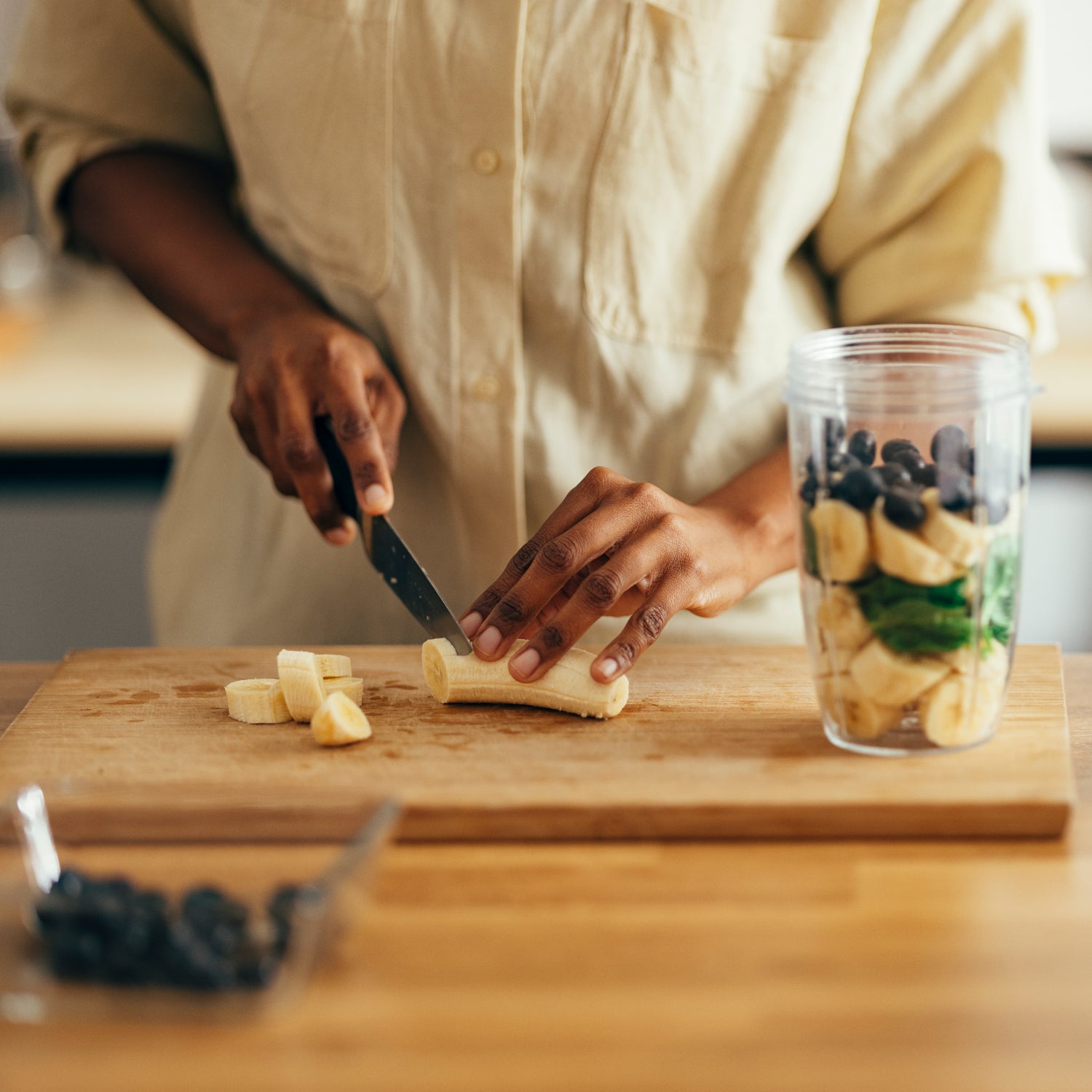You can make your own energy bars, protein shakes, and even dehydrated food—but what about energy gels? Though it may sound daunting, making your own gels is not only cheaper–most commercial gels run upwards of $1.50–but the process is as easy and customizable as whipping up a smoothie.
When You Need a Gel
When choosing a gel, Kylee Van Horn, a registered dietitian, running coach, and the founder of in Carbondale, Colorado, recommends first taking into account the length and intensity of your activity. Energy gels are not necessary for every workout—Van Horn’s threshold is 90 minutes; your pre-workout nutrition should carry you through if it’s less than that. When you hit the 90 minutes mark, Van Horn’s rule of thumb is one gel every 30 to 45 minutes, aiming for a total of at least 200 calories per hour. (You may also want to take one gel prior to starting if you don’t eat beforehand.)
What To Put in Your Gels
Greater-intensity workouts require gels that predominantly come from carbohydrates, while lower intensities allow you to better tolerate fat and protein. Also, be mindful of the gel’s texture: thicker consistencies tend to be easier to suck down at slower clips. And if you’re going to be exercising for super-long stints, prepare for the possibility of palate fatigue–the can’t-choke-down-one-more-bite-of-X feeling–by incorporating multiple flavor combinations into your fueling plan.
Next, Van Horn suggests paying attention to the type of sugar in your gel, as that a combination of fructose (common sources include fruit and honey) and glucose (found in starchy foods such as rice, oats, and bread) can help boost endurance performance during moderate- to high-intensity workouts and also accelerate recovery on the backend. Sugar alcohols, on the other hand, which appear on ingredient lists with names like Sorbitol, Erythritol, and Xylitol, are common sources of gastrointestinal distress, so are best avoided in gels and other mid-exercise nutrition.
Lastly, Van Horn says to look at the sodium and caffeine content of your gel. Although sweat rate and sweat sodium content vary from person to person, if you’re working out for long enough to need a gel, you’ll likely benefit from some added sodium. The American College of Sports Medicine recommends starting with a sodium intake of during prolonged exercise bouts and adjusting from there if needed. (All of Van Horn’s gel recipes, which yield two to three servings, call for between a pinch to ¼ teaspoon salt.) And , although not essential in a gel, is at least worth considering, as studies show that endurance athletes may reap the biggest performance-enhancing benefits from caffeine due to their high fatigue levels. Most caffeinated commercial gels include doses that range from 25 milligrams to 100 milligrams.
How to Make Your Own
While Van Horn appreciates the convenience of store-bought gels–her favorites are the real food blends by and , and the pure maple syrup packets by –she’s had success making her own with common ingredients like bananas, sweet potatoes, peanut butter, dates, and salt. She likes that you have more control over what goes into homemade gels, which is especially good for people with food allergies or sensitivities. Homemade versions also eliminate the need for single-use packets if you use a refillable flask (like from Gu).
Just beware of including too much fat (from sources such as nuts, oils, and avocados), fiber (which most vegetables are high in), or fructose (found in fruit, honey, and agave nectar), all of which have the potential to cause gastrointestinal issues, in your gels. Van Horn also emphasizes that it’s important to store them properly to avoid spoilage if using perishable ingredients. (Her recipes stay good for up to three days in the refrigerator.) Lastly, as with everything else you do on race day, you should experiment with homemade gels in training before you introduce them in a competition.


